Three years after the introduction of its Mavic 2 Pro, DJI finally released the Mavic 3. After a year’s worth of rumors about it, expectations were sky high. When it debuted in November 2021, the new drone arrived in two versions: the Mavic 3 and Mavic 3 Cine. Is the Mavic 3 a worthy successor to the wildly popular Mavic 2 Pro? Did it live up to the high expectations? Let’s dive into the details of what this drone offers and how it performs.
KEY FEATURES
The Mavic 3 is slightly larger and has a more streamlined design than its predecessor. The 360-degree omnidirectional sensors provide substantial obstacle avoidance, with the two front sensors looking like a pair of bug eyes scanning the world for lurking tree branches. The most immediate and noticeable change is the introduction of a dual camera system—an exciting Hasselblad 20-megapixel camera with a larger Micro Four Thirds sensor and a telephoto camera sporting a 1/2-inch sensor, 12-megapixel resolution, and a shocking 162mm focal length. Here’s a look at the Mavic 3’s impressive specs:
- 5.1K video capture up to 50fps, with the Cine version able to capture this resolution in Apple ProRes 422 HQ for professional use. Standard codecs, including H.264 and H.265, are also supported.
- Longer life in a higher capacity battery, aerodynamic improvements, and more efficient motors provide a stated flight time of up to 46 minutes.
- A new version of DJI’s OcuSync system offers a video transmission range of up to 15 kilometers. (Regulations in most locations require pilots to maintain visual line of sight on the drone at all times.)
- It’s controlled through the newer, more simplified interface of the DJI Fly app, which has a number of features designed for quickly creating videos and sharing photos.
- Flight modes include Cinesmooth, Normal, and Sport. The Normal mode enables all collision avoidance features; Cinesmooth slows down control inputs to provide smooth movements that help improve video capture; and Sport allows you to scream through the air at a top speed of approximately 42 mph.
- The APAS 5.0 flight mode allows you to fly through an area with many obstacles, like a stand of trees. The drone will alter its course to bypass obstacles.
- Automated Mastershots and Quickshots flight modes include the popular Dronie, Circle, Helix, and Rocket to capture cinematic videos relatively easily with the drone doing the flying for you.
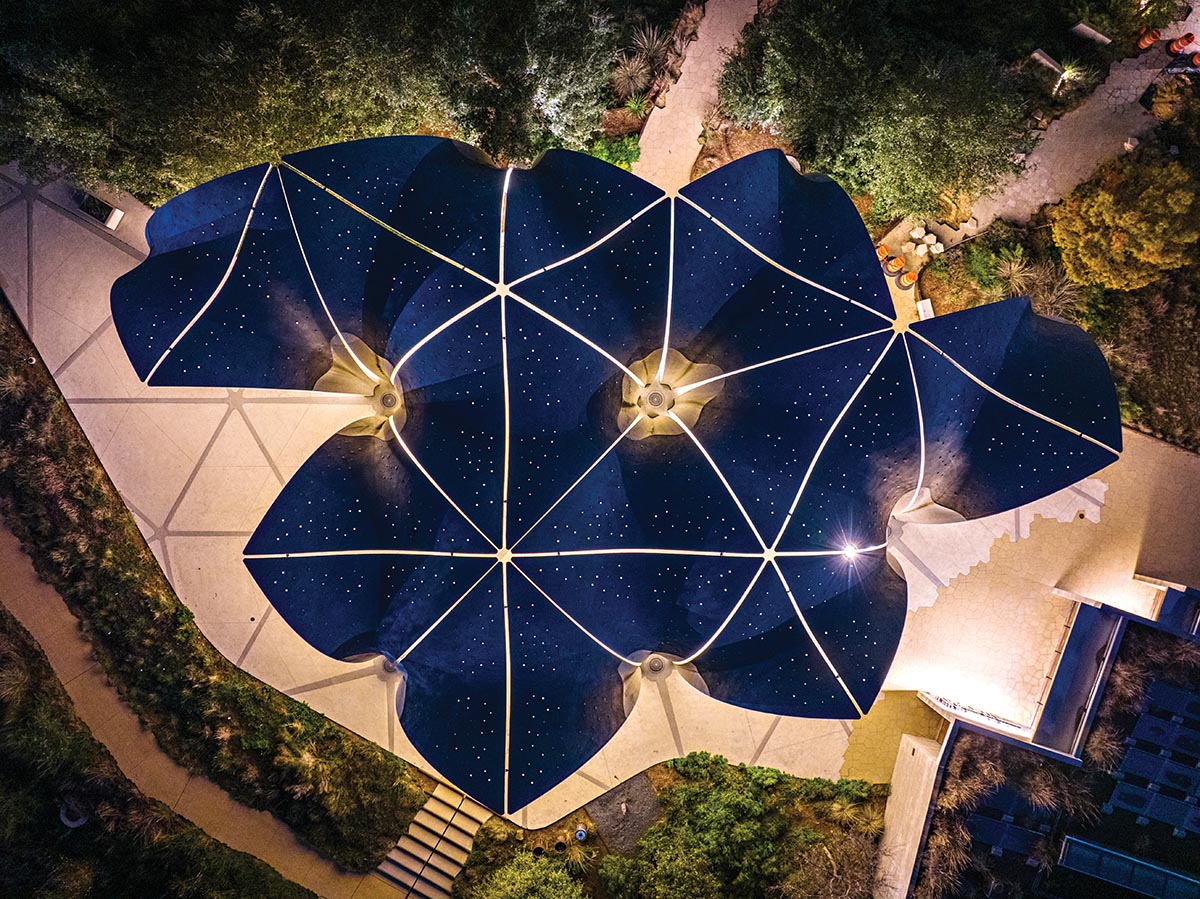
The DJI Mavic 3 has a larger Micro Four Thirds sensor and a redesigned gimbal that make it ideal for low light and long exposures. This Confluence Park photo was taken at an exposure of 1 second at f/2.8, ISO 200.
IN THE FIELD
GREAT: The Mavic 3 truly is the night king of drones. The larger Micro Four Thirds sensor coupled with a redesigned and more stable gimbal provides great opportunities to capture images in low light and in long exposures from hundreds of feet in the air. This opens up many new creative possibilities for aerial photographers. During the day, the wide dynamic range of the sensor coupled with Hasselblad’s natural color system results in images that retain highlight and shadow details with a natural color palette. The longer battery life is something you’ll notice and appreciate; you’ll begin to feel that it’s time to land the drone only to see that there’s still 60% power remaining. The drone can produce beautiful 360-degree spherical panoramic images, and the gimbal can tilt unobstructed up to 35 degrees above the horizon, which will make sunset and sunrise photographers happy.
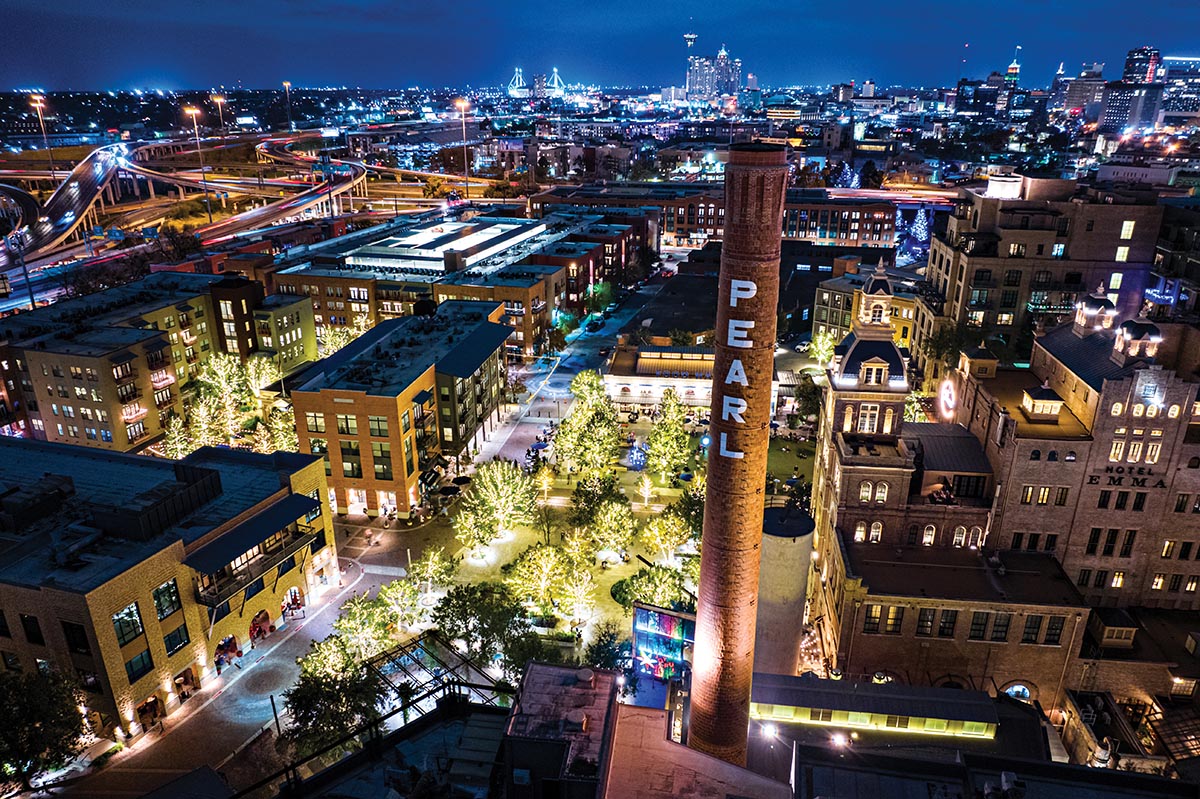
The Mavic 3 Cine beautifully captures the lights of the historic Pearl district in San Antonio in this 1/4 second exposure at f/2.8, ISO 400.
PRETTY GOOD: The tele camera is a head scratcher for me. The 162mm focal length feels really zoomed in and must be accessed through an Explore mode, which requires you to step through two crop modes of the Hasselblad camera (2X, 4X) before activating the 7X zoom, otherwise known as the tele camera (all other zoom factors are digital crops, so be wary of them). At the time of this writing, JPEG was its only still image format, and 4K was its highest video resolution. There is no manual exposure control, which is a major disappointment. These features make it awkward to access the second camera and limiting to your creative options.
The initial image quality of the tele camera was just OK. The images had good detail but were soft and a big step down from the quality of the primary camera. A recent firmware release has elevated the image quality of this camera, improving overall sharpness and color clarity. You can get creative with this long focal length lens, but it requires good lighting and patience.
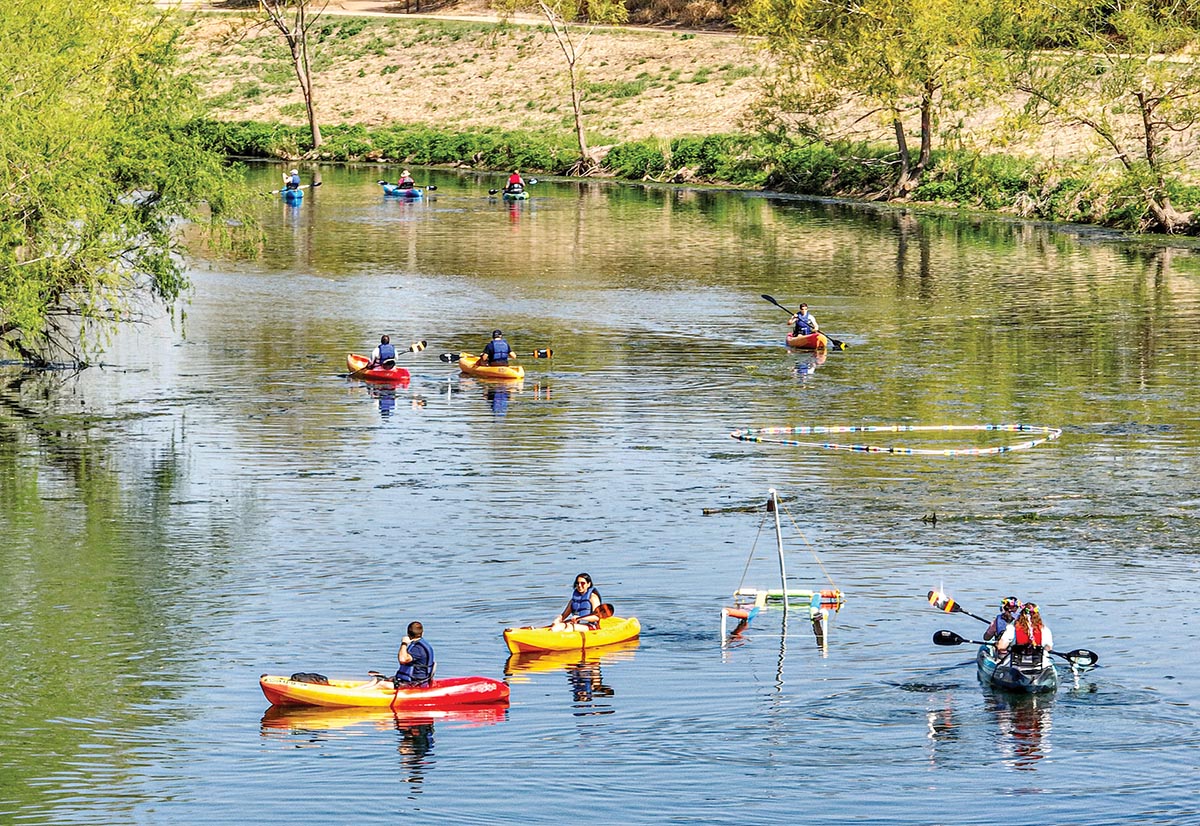
The tele camera, used for this photo, is hard to access in the control system and captures only JPEG format and 4K as its highest video resolution. This image was exposed at 1/100 second at f/4.4, ISO 100.
AWFUL: DJI released the Mavic 3 with several key features missing. Fundamental shooting modes like panoramic images were not available, nor were popular automated modes like FocusTrack, MasterShots, QuickShots, and Hyperlapse. This was understandably a source of frustration for people who purchased a drone with a price tag of $2,200 (and in the case of the Mavic 3 Cine, $5,000).
The Fly More combo, at $2,850, features three batteries, a set of ND filters, a battery charging hub, and quite possibly the most frustrating carrying bag ever made. The first thing you’ll notice about the convertible bag is that it falls over—again and again. Until it’s fully loaded with the drone, batteries, and remote controller the bag won’t sit up straight and seems eager to spill its contents, including batteries that need protection. The bag converts to a backpack that likely contributes to the balance issue. I recommend users buy an aftermarket hard case to secure the drone.
Finally—and I admit this is a bit nit-picky—the placement of the microSD card at the back of the drone right above the battery compartment makes it difficult to remove the card. The best strategy is to remove the battery first to give your fingers more leverage to access the card.
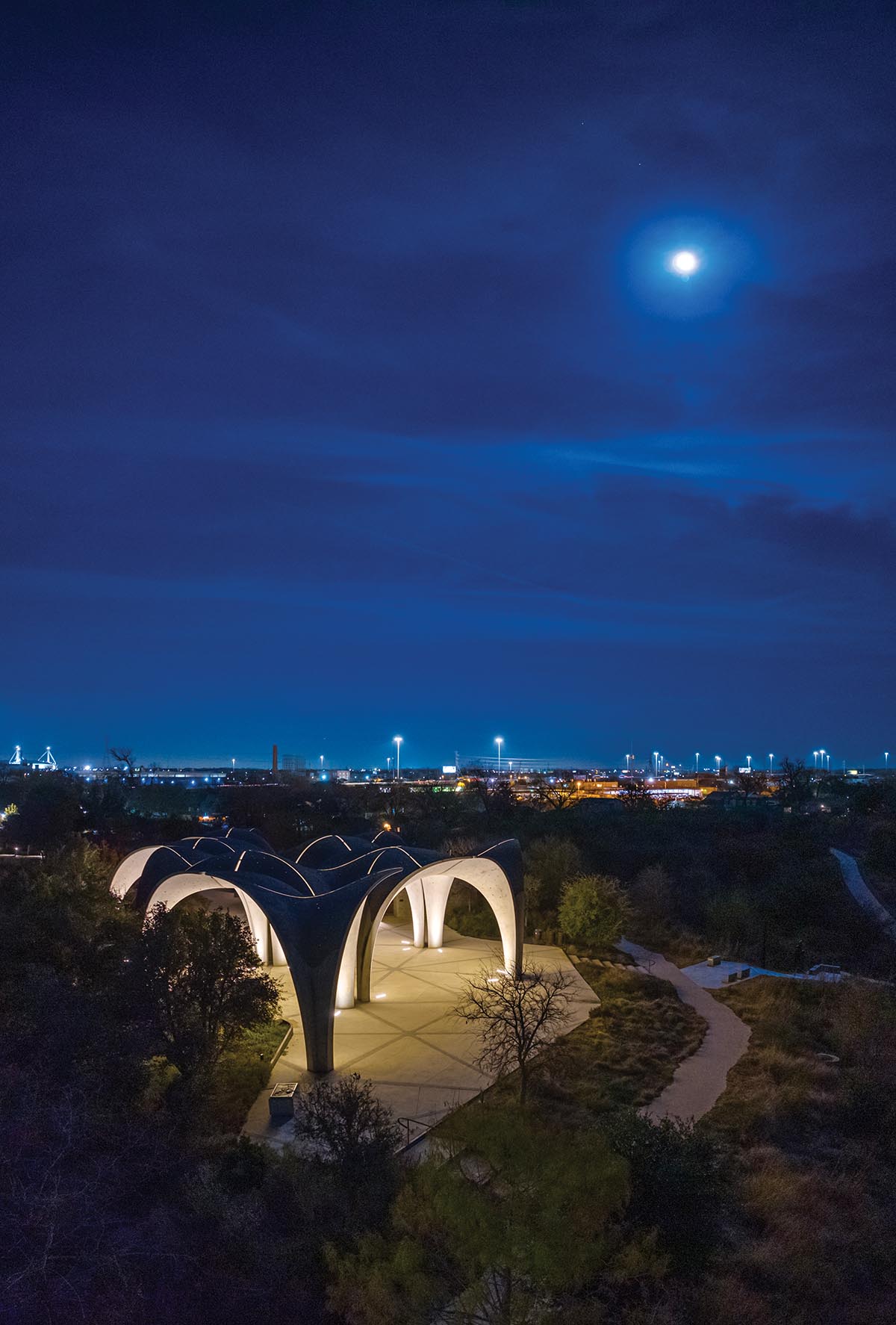
This image was exposed at 1/8 second at f/2.0, ISO 200.
BOTTOM LINE
The DJI Mavic 3 is a worthy if somewhat flawed successor to the Mavic 2 Pro. The new camera has impressive image quality and outstanding low-light/night performance. The telephoto camera, while constrained by software limitations, offers an opportunity to create aerial images with a whole new look. Outstanding battery life means you’re less likely to miss that great shot and more likely to get nearly any job done with three batteries.
My hope is that DJI will continue to improve this slightly unfinished product with firmware updates that will unlock the full potential of this latest version of the popular Mavic line.
Justin Moore is the author of “Drone Photography Basics” (Amherst Media) and owner of Airborne Aerial Photography.
Tags: drone photography drones

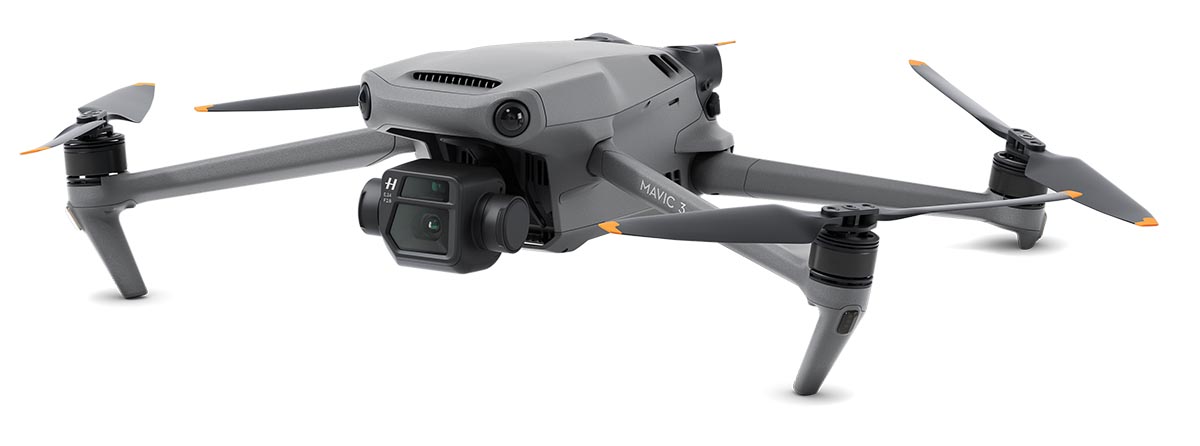
 View Gallery
View Gallery